Best Things to Do in Alabama
From lively cities to peaceful coastlines, Alabama delivers the best mix of culture and scenery, often in unique and sometimes underrated places that make every trip unforgettable.

Alabama is full of some of the best things to do in the South, and it’s become one of my favorite states for history, food, and outdoor beauty.
Whether you’re walking through the best historic sites in Montgomery, enjoying the unique energy of Birmingham, or relaxing on the underrated beaches of Gulf Shores, Alabama has something for everyone. That’s why it’s considered one of the best destinations in the region, and why so many of its attractions have become my favorite memories.
The best part is the variety: museums, music, and natural wonders all in one state. Think evenings with the best Southern food, unique festivals that celebrate culture, and sunsets along the coast that feel tailor-made for you. These details are what make Alabama’s attractions both unique and some of the best in the South.
With destinations spread across the state, it’s easy to plan the best kind of trip whether you want history, adventure, or relaxation. Alabama offers the best balance of learning, exploring, and simply enjoying the moment.
Which Alabama experience will you choose? If you’re searching for the best mix of culture, scenery, and unforgettable moments, these things to do deliver. Alabama isn’t just another Southern state, it’s the best, sometimes underrated, always unique, and forever one of my favorite places to explore.
Best Things to Do in Alabama
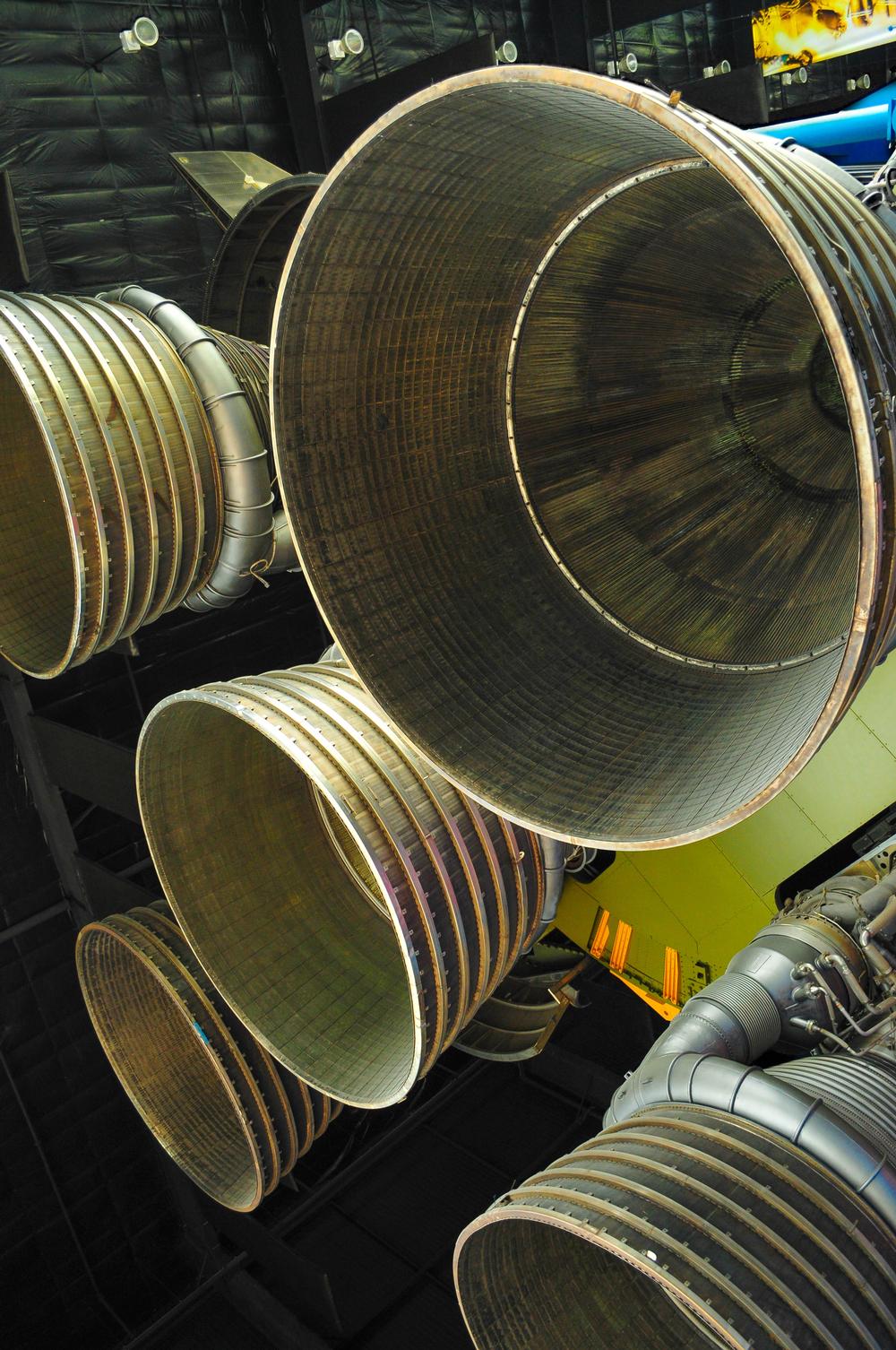
Looking up at wonder at the U.S. Space and Rocket Center
We drove 6 miles southwest from downtown Huntsville to the U.S. Space & Rocket Center (about 15 minutes). Opened in 1970, the museum is often called “Earth’s largest space museum,” with more than 1,500 artifacts.
I’ve never felt smaller, in the best way, than when I stood beneath the Saturn V rocket at the U.S. Space and Rocket Center in Huntsville. It stretched out above me like a silver giant, and for a moment, I forgot I was in Alabama at all. Inside the museum, I wandered through capsules, moon mission memorabilia, and interactive exhibits that made space feel less like fantasy and more like something we built together. Standing in front of a display about the Apollo program, I thought, "This wasn’t just about rockets, it was about courage and impossible math."
The museum is immersive without being overwhelming. I tried the Mars simulator (a little dizzying), listened to school kids erupt in laughter at a gravity demo, and caught myself smiling more than I expected. It's a place where awe is the default setting, and it’s contagious.
After exploring, I stopped at Blue Plate Café nearby, where I ordered a fried chicken plate with green beans, mashed potatoes, and sweet tea. It was the kind of meal that wrapped around me like a warm towel after a cold swim, grounding, comforting, Alabama through and through.
Where I Stayed: I spent the night at the Element Huntsville, just a short drive away. Sleek, spacious, and filled with natural light, it was the perfect contrast to a day spent among towering rockets and glowing screens. I curled up with a cup of tea and watched the stars outside my window, not quite from orbit, but close enough.
U.S. Space and Rocket Center At a Glance
- Location: 1 Tranquility Base, Huntsville, AL 35805
- Vibe: Inspiring, interactive, larger-than-life
- Highlights: Saturn V rocket, Space Camp, Apollo exhibits, hands-on simulators
- Best Time to Visit: Weekday mornings for fewer crowds and more time at exhibits
- Cost: ~$30 adults; discounts for kids, seniors, and military
- Hours: Daily, 9am–5pm
- Tip: Give yourself at least 3–4 hours, there’s more to explore than you think
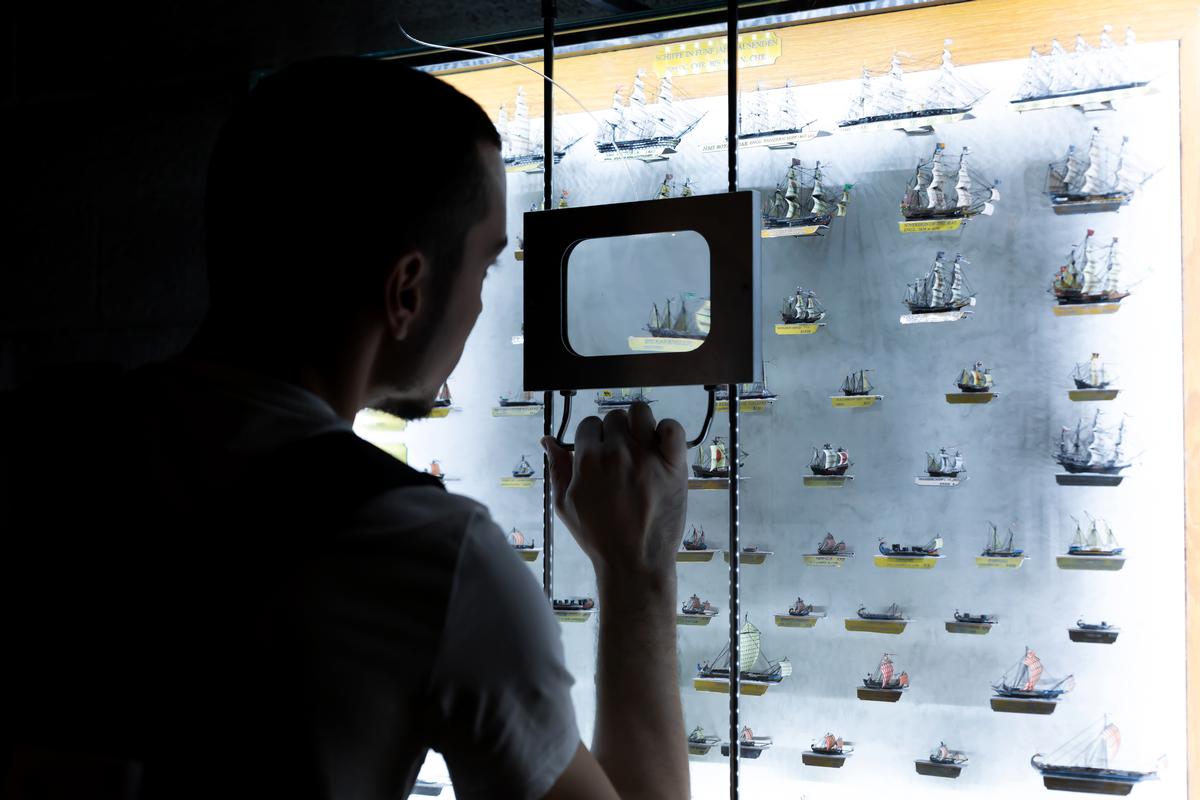
The National Maritime Museum of the Gulf
We drove 2 miles south from downtown Mobile to the National Maritime Museum of the Gulf (about 10 minutes). Overlooking the Mobile River, the museum explores 500 years of Gulf Coast history, from early explorers to modern shipping.
I didn’t expect to feel motion inside a museum, but the National Maritime Museum of the Gulf pulled me right into the Gulf’s tide. Housed in a building shaped like a container ship overlooking Mobile River, the place is part museum, part voyage. I moved through exhibits that felt more like experiences.
I enjoyed the storm simulator, ship navigation games, and underwater exploration. Somewhere between the hurricane theater and the replica bridge of a cargo ship, I thought, "This isn’t about history...it’s about how we’re all connected by water."
There’s something deeply grounding about understanding the Gulf from both above and below the surface. I watched kids steer ships and grandparents point out coastal maps with stories from their own past. The museum brought out a sense of play and reverence all at once.
Afterward, I walked a few blocks to Wintzell’s Oyster House, a Mobile classic. I ordered a dozen chargrilled oysters and the shrimp and grits, creamy, spicy, and everything I didn’t know I was craving. I sat on the patio with a breeze rolling off the river and felt that kind of deep contentment that only comes after learning something new and eating something unforgettable.
Where I Stayed: I checked into the Battle House Renaissance Mobile Hotel & Spa, just a five-minute drive from the waterfront. With historic charm and a grand lobby that felt like stepping into a different century, it was elegant without being stuffy. My room overlooked downtown Mobile, and that night, the city lights shimmered like reflections on water.
GulfQuest National Maritime Museum At a Glance
- Location: 155 S Water St, Mobile, AL 36602
- Vibe: Nautical, hands-on, family-friendly
- Highlights: Full-scale ship simulations, Gulf ecology exhibits, hurricane simulator
- Best Time to Visit: Weekdays or early afternoons for quieter galleries
- Cost: ~$16 adults; discounts for youth, seniors, and military
- Hours: Wednesday–Saturday, 10am–4pm
- Tip: Start on the top deck and work your way down, it follows the natural flow of the Gulf’s story
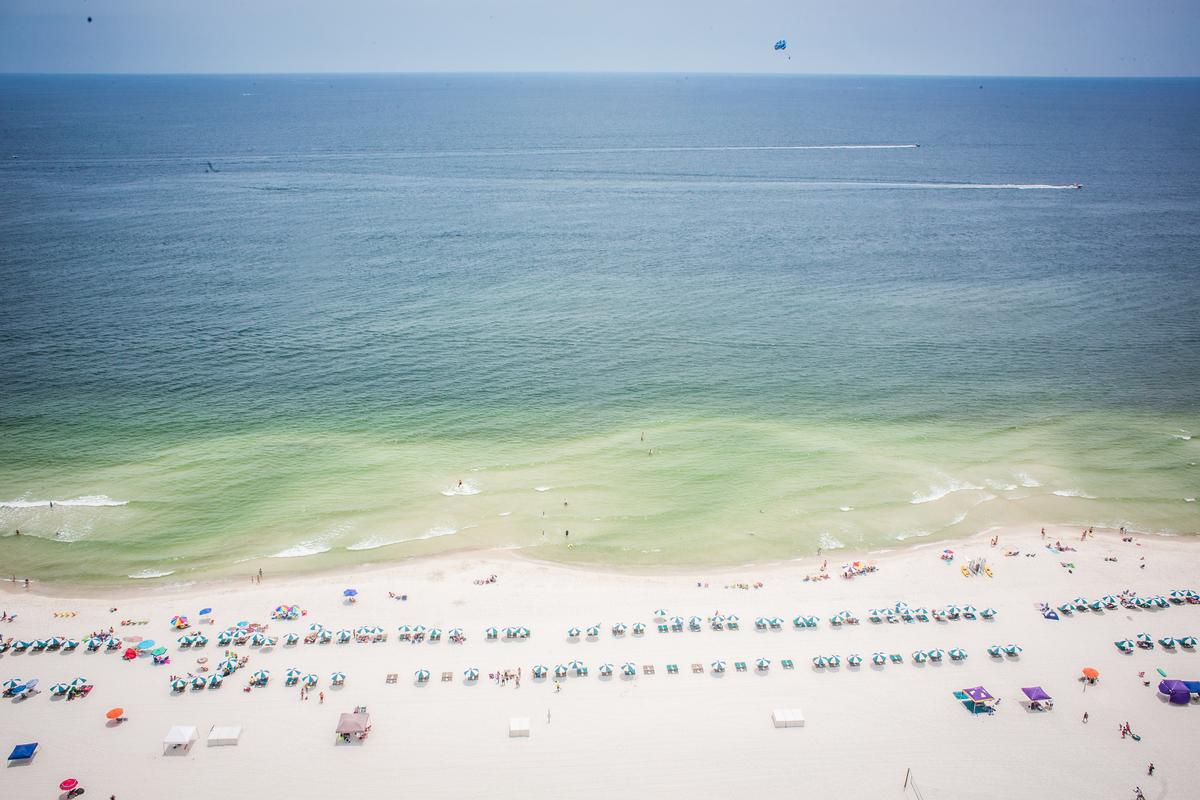
Orange Beach, Alabama: Relaxing on the Beach
We drove 30 miles southeast from Mobile to Orange Beach (about 50 minutes on I-10 and the Baldwin Beach Express). With a population of just under 8,000, it still feels like a small coastal town despite its popularity.
“Let’s not check the time today,” I said as we strolled along the boardwalk, the Gulf breeze lifting the hem of my shirt. Orange Beach had a calmness I didn’t expect, soft waves, gentle dunes, and a sky so wide it felt like it might carry us away. We walked for hours without meaning to, barefoot and quiet, just listening to the surf.
The town felt low to the ground, close to the water, relaxed. Each morning began at The Southern Grind Coffee House, an easy kind of place with coastal blues and friendly voices. The scent of roasted beans met us before the door opened, and I always ordered the same thing: a honey lavender latte and a warm bacon, egg, and cheese croissant. The croissant was crisp on the outside, fluffy inside, and the honey made the coffee smell like sunshine. We sat in a corner booth with mismatched chairs, not saying much. We didn’t need to.
What I Loved Most: The balance of beach and comfort, no rush, no pretenses, just open sky and warm places to land.
My highlights? Sunset over the pier, pelicans gliding low over the water, and the hush that came with it. That was the moment that stayed with me the longest.
Plan your Orange Beach trip:
- Drive Time from Mobile: ~1.5 hours southeast
- Vibe: Laid-back Gulf Coast charm
- Best For: Couples wanting beach time with cozy cafés and warm evenings
- Lodging: Beachfront condos, boutique inns, and quiet resorts
- Dining: The Southern Grind Coffee House, fresh seafood along the marina, casual Southern fare
- Activities: Beach walks, dolphin cruises, Gulf State Park trails, pier sunsets
- Best Time to Visit: April to early June or September for warm weather and fewer crowds
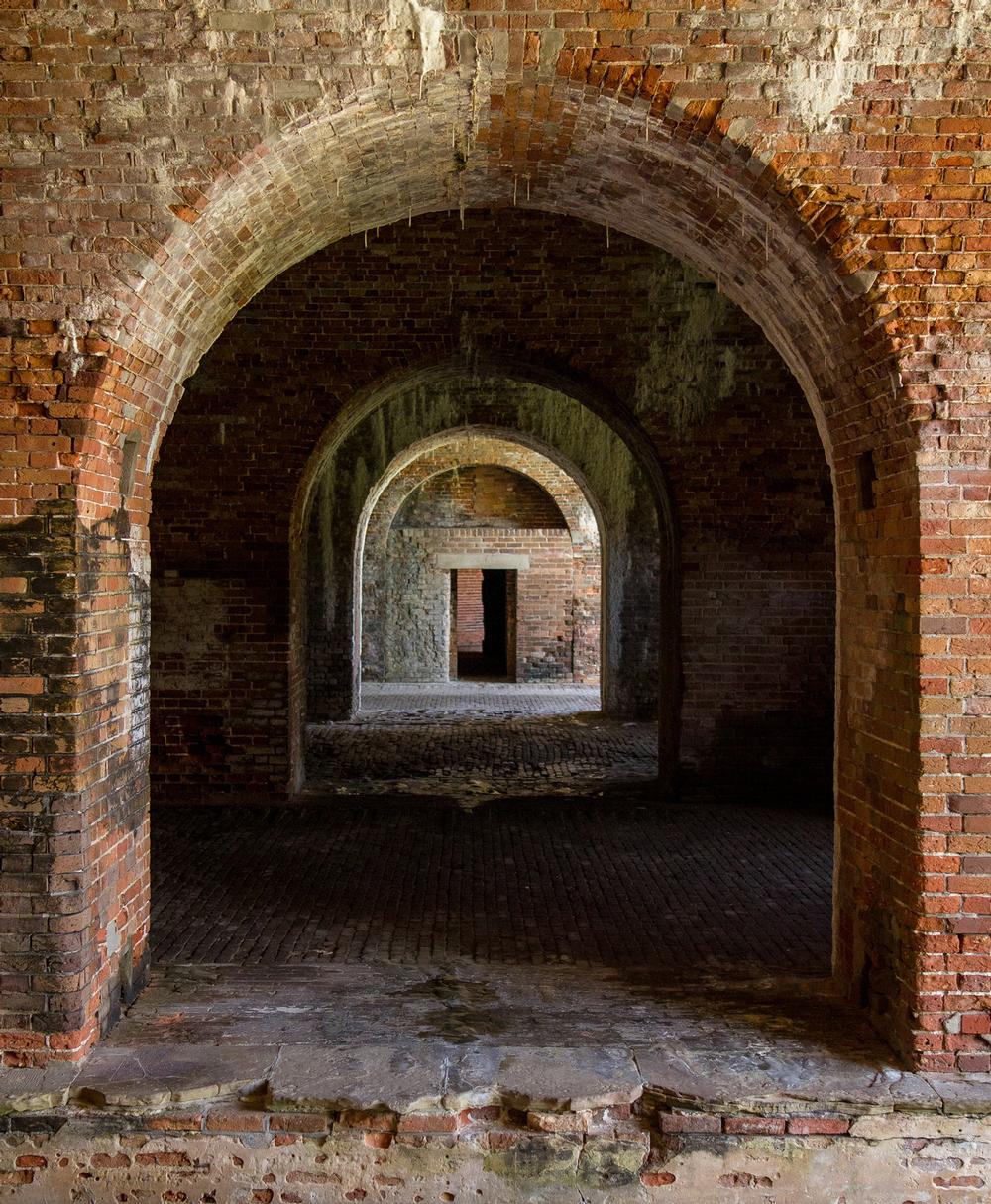
Echoes in the walls at Fort Morgan State Historic Site Museum
We drove 22 miles west from Orange Beach to Fort Morgan State Historic Site (about 40 minutes along Highway 180).
Fort Morgan isn’t polished, and that’s what makes it powerful. Tucked at the tip of the peninsula where Mobile Bay meets the Gulf, the Fort Morgan State Historic Site feels like a place that remembers everything. I walked its worn brick corridors alone, the scent of salt and sea oats in the air, and thought, "Some stories live in the silence."
The fort has stood through five wars, from the War of 1812 to World War II, and it shows. Cannons rust gently in the sun, arched tunnels echo your footsteps, and plaques quietly tell of battles and blockades. I climbed to the top of the ramparts and looked out over the water, wind tugging at my shirt, and felt the weight of it, what was fought for, what was lost, and what still lingers in the sea breeze.
After exploring, I drove a few minutes down the road to Tacky Jacks 2 in Fort Morgan. I ordered their famous shrimp and grits, spicy, creamy, rich with Gulf flavor, and sat outside where the breeze rolled off the marina. It wasn’t fancy, but it was perfect. The kind of meal that makes you close your eyes between bites.
Where I Stayed: I spent the night at The Beach Club Resort & Spa, just up the coast. My room had a view of the dunes and a balcony where I watched the sky turn from lavender to deep blue. After a day in the past, it felt good to be fully present, with sand between my toes and waves within earshot.
Fort Morgan State Historic Site At a Glance
- Location: 110 AL-180, Gulf Shores, AL 36542
- Vibe: Wind-worn, historic, introspective
- Highlights: 19th-century brick fort, panoramic water views, military artifacts
- Best Time to Visit: Late afternoon for soft light and fewer crowds
- Cost: ~$8 adults; discounts for seniors, children, and military
- Hours: Daily, 8am–5pm
- Tip: Wear good walking shoes, some of the most powerful corners are off the main paths
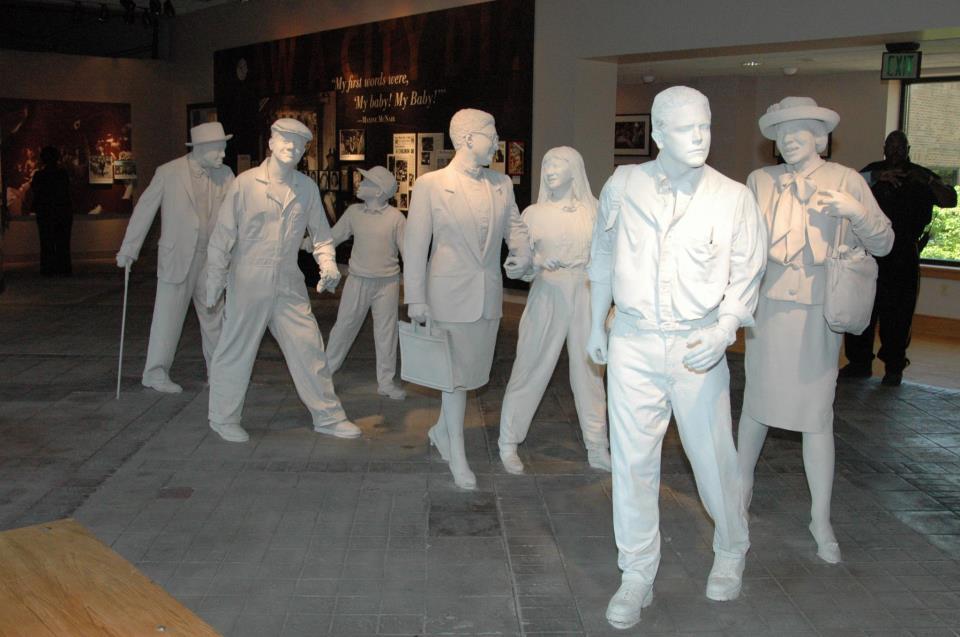
Walking through courage at the Birmingham Civil Rights Institute
We drove 60 miles north from Montgomery to Birmingham (about 1 hour).
There are museums you visit, and then there are museums you carry with you. The Birmingham Civil Rights Institute belongs to the second kind. I walked through its halls with a lump in my throat and a notebook in my hand, trying to absorb the stories written in black-and-white photos, church pews, jail cells, and quiet testimony. Near the replica of the Freedom Riders bus, I paused and thought, "These weren’t just headlines, these were people who stood where I’m standing."
The exhibits move chronologically, and by the time I reached the 1960s, I felt the pace of change, slow, brutal, courageous. There’s a room that overlooks the 16th Street Baptist Church across the street, and I stood there, looking out at a place where history tore open.
Afterward, I walked to Green Acres Café, a local staple known for its fried chicken wings and hot sauce that bites back. I ordered a plate of wings with white bread, pickles, and a side of seasoned fries. It was loud, friendly, full of life, and exactly what I needed. Sometimes, healing shows up in the form of crispy, golden wings and sweet tea in a Styrofoam cup.
Where I Stayed: I stayed at the Elyton Hotel in downtown Birmingham. Once a bank, now a stunning boutique hotel, it’s full of marble and tall windows and soft robes. That night, I sat on the rooftop bar under string lights and let the stories from the day settle into something deeper: respect.
Birmingham Civil Rights Institute At a Glance
- Location: 520 16th St N, Birmingham, AL 35203
- Vibe: Powerful, sobering, vital
- Highlights: Freedom Riders exhibit, jail cell replica, view of 16th Street Baptist Church
- Best Time to Visit: Midweek mornings for space to reflect quietly
- Cost: ~$15 adults; discounts for students, seniors, and groups
- Hours: Tuesday–Saturday, 10am–5pm

Breathing easy at the Huntsville Botanical Garden
We drove 6 miles southwest from downtown Huntsville to the Huntsville Botanical Garden (about 15 minutes). Spread across 118 acres, the garden opened in 1988 and has become a community landmark.
After days of deep history and bold landscapes, the Huntsville Botanical Garden felt like a breath in. I wandered past wildflower meadows, through the vibrant children's garden, and into shaded forest paths where dragonflies skimmed the air. The gardens don’t try to overwhelm, they just gently invite you to be where you are. In the butterfly house, watching delicate wings flutter by, I thought, "Maybe peace doesn’t come with silence, it comes with softness."
The place is alive in that quiet way nature often is. Bees worked in the herb garden, families picnicked on the lawn, and I let the warm sun settle on my shoulders while I walked the day out of my system. Every garden had a different rhythm, and I followed them like chapters in a book I didn’t want to end.
I stopped at the Dogwood Café on site for a light lunch, chicken salad on a croissant with a side of fruit and a tall iced tea. It was fresh, simple, and just right. I ate outside under a trellis of climbing roses, letting the breeze and the birdsong round out the afternoon.
Where I Stayed: I chose the AC Hotel by Marriott Huntsville Downtown for my final night. It was sleek and easy, with big windows overlooking Big Spring Park and just a short drive from the gardens. I watched the sun dip behind the skyline and thought, this trip didn’t just show me Alabama, it changed how I moved through it.
Huntsville Botanical Garden At a Glance
- Location: 4747 Bob Wallace Ave SW, Huntsville, AL 35805
- Vibe: Peaceful, lush, restorative
- Highlights: Butterfly House, aquatic garden, woodland paths, children’s garden
- Best Time to Visit: Spring and early summer for full blooms and lively pollinators
- Cost: ~$16 adults; discounts for seniors, children, and military
- Hours: Daily, 9am–6pm (seasonal variations)
- Tip: Visit early or late in the day for golden light and cooler temps
Letting Alabama unfold slowly
Alabama doesn’t shout. It whispers. Through the rustle of pine trees, the stillness of an old fort, the hum of a rocket museum, it invites you to lean in. I came looking for stories and left with something quieter but deeper: a connection. A feeling that the past is present here, and beauty shows up in both the bold and the tender.
I stood beneath towering rockets, walked through the shadows of history, listened to rescued birds, and wandered through gardens where time seemed to pause. At every stop, I was met with hospitality that didn’t need to be flashy, it was warm, real, and rooted. I ate well, slept well, and remembered what it’s like to move at the speed of wonder.
Alabama is a state of layers. And if you give it your time, it gives you something lasting in return. I’ll carry it with me, quietly but surely, like a story still unfolding.

Whispers of the wild at Alabama Wildlife Center
I drove 15 miles north from Alabaster to the Alabama Wildlife Center (about 25 minutes).
There’s a hush that settles over you as you walk into Alabama Wildlife Center, tucked inside Oak Mountain State Park. Surrounded by dense trees and soft trails, the center feels more like a sanctuary than a facility. Inside, I met owls with amber eyes, hawks that once ruled the skies, and small birds mending their wings. A volunteer gently explained their stories, and I remember thinking, "Healing isn’t always loud, sometimes it looks like feathers and patience."
I took my time along the Treetop Nature Trail, where rehabilitated birds rest in open enclosures. There were children asking questions, quiet couples pointing out markings, and moments where the only sound was wind through pine. This wasn’t just a place to observe nature, it was a place to be part of its care.
Afterward, I stopped at Stone Hollow Farmstead’s FarmStand Café in nearby Birmingham. I ordered their quiche of the day with a fresh side salad and a lavender lemonade that smelled like spring. It was simple, beautiful food, just like the kind of nourishment you find after spending time among trees and birds.
Where I Stayed: I booked a room at the Hyatt Regency Birmingham - The Wynfrey Hotel. Just a short drive from Oak Mountain, it offered soft beds, skyline views, and the kind of quiet that lets you carry the woods with you just a little longer.
My personal highlights:
What I love most is how Alabama showcases the best of its spirit, the unique culture of Birmingham, the underrated coastal charm of Gulf Shores, the history in Selma, and the natural beauty of Little River Canyon. Each feels special and has quickly become one of my favorite reasons to visit Alabama.
Alabama Wildlife Center At a Glance
- Location: 100 Terrace Dr, Pelham, AL 35124 (inside Oak Mountain State Park)
- Vibe: Gentle, healing, natural
- Highlights: Treetop trail, raptor rehab, bird observation areas
- Best Time to Visit: Morning for peaceful trails and active birdwatching
- Cost: Included with Oak Mountain State Park admission (~$5 per adult)
- Hours: Daily, 9am–5pm
- Tip: Bring binoculars and stay quiet, some of the best moments come when you stop to listen
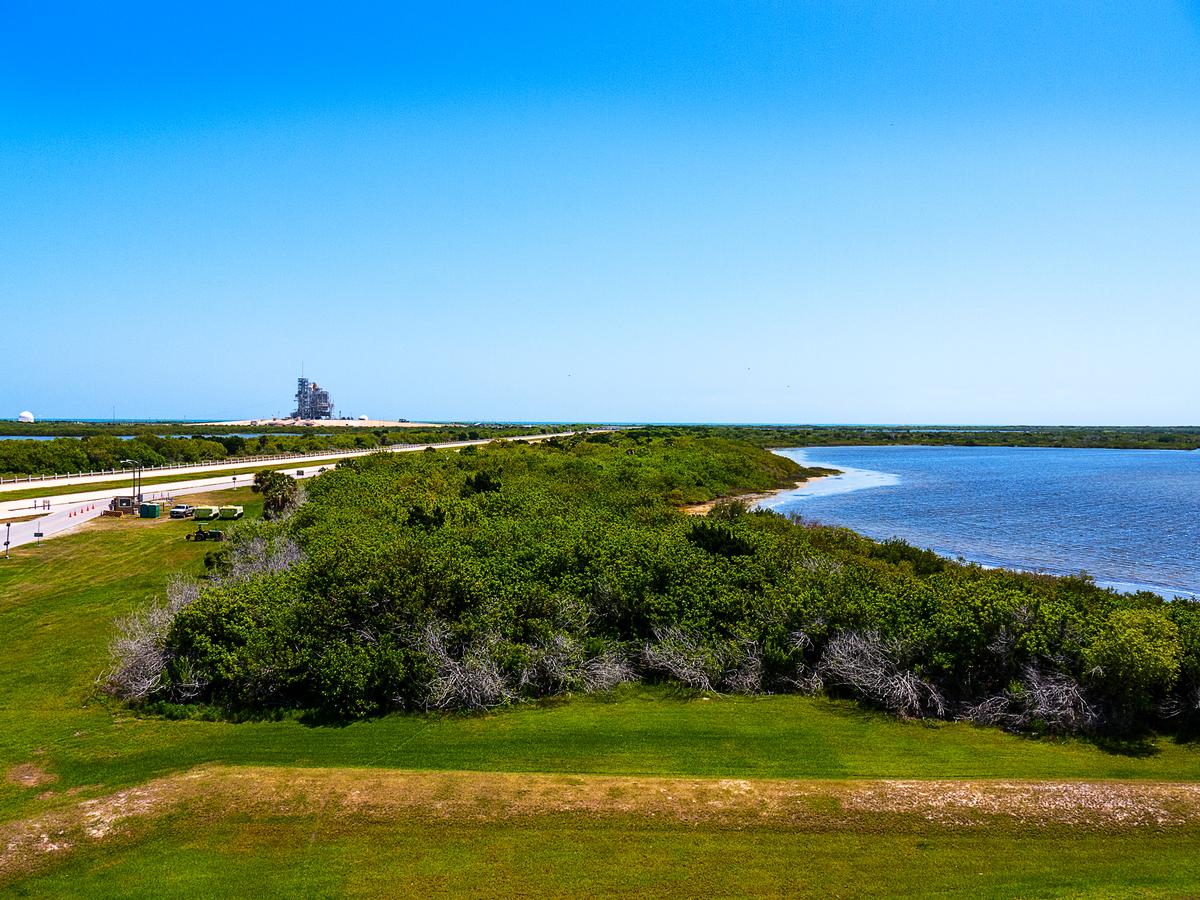
Booking Checklist
1. Book Your Flight - I use Expedia because I like their mobile app with my itinerary. They've helped me re-book flights on many occasions. Once you reach their Gold tier, support is especially good.
2. Book Your Hotel - I use Booking.com or Expedia, depending on my destination.
3. Book Your Rental Car - I use Expedia.
4. Book your tours on Viator or Get Your Guide.
